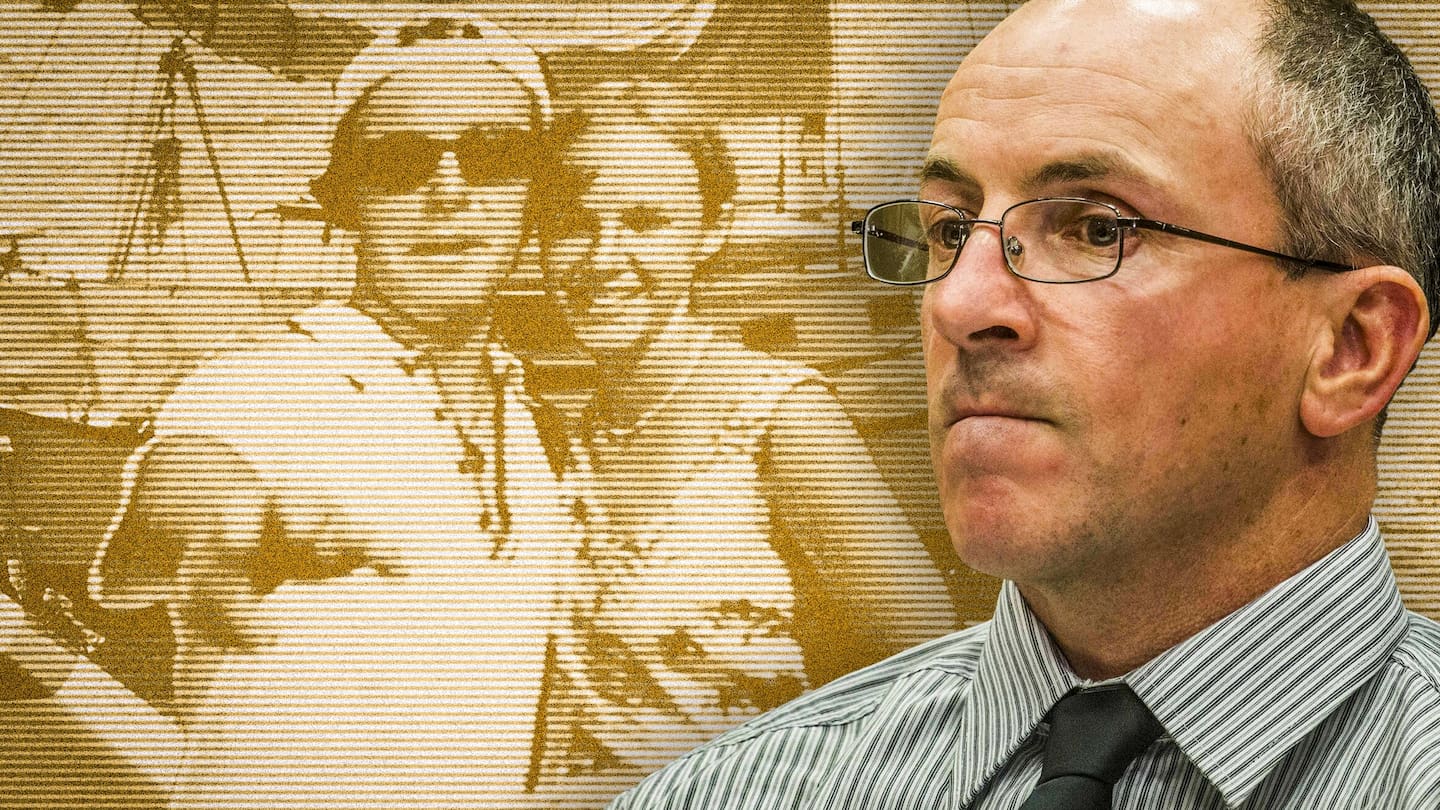
On Monday last week, some of the country’s top legal minds gathered to revisit the case that led to the conviction of double murderer Scott Watson.
On the one hand, you have a cold-blooded killer, the only person with the “opportunity and motive” to murder two young friends celebrating New Year’s Eve.
On the other, you have a man who’s wrongly spent 26 years behind bars, the victim of a significant miscarriage of justice.

Throughout the week the Court of Appeal courtroom in Wellington was divided, the Smart family sitting on one side, Watson’s family on the other. In front of them their lawyers, with pages of evidence from decades of investigations placed in orderly piles on their desks.
No new evidence
Watson’s team says this appeal has been 25 years in the making and arose from a royal prerogative of mercy that was lodged in 2017. This was Watson’s second appeal. His first, the year after his conviction, was dismissed.
There are two grounds of appeal.
Problems with the methods police used to identify Watson as the main suspect and tainted eyewitness identification including the photo montage police compiled.

The Crown says all the issues were canvassed at trial, with 480 Crown witnesses giving testimony that generated more than 3000 pages of trial transcript.
As the fact finders, the Crown says the jury was best placed to weigh all the evidence and determine Watson’s guilt or innocence.
The Crown also emphasised its case didn’t rest on two hairs alone, and Watson’s identification wasn’t based on a single witness.
Scott Watson’s case
Watson’s team led by Nick Chisnall, KC, told the court the police exerted significant “interrogative and moral pressure” to get the key witness, water taxi driver Guy Wallace – who was the last person to see Smart and Hope before they clambered on board a yacht with a mystery man – to change his story.
Wallace originally described the mystery man as having long, scraggly hair, in direct contrast to the photos of Watson from that night showing he had short hair.
Watson’s team says the police pressured Wallace to identify their client as the mystery man, showing Wallace a photo of Watson early in the investigation and then pressuring him during a subsequent police interview.
The media also reinforced this by showing Wallace an image of Watson. More than three months later, Wallace identified Watson in a police montage as that mystery man. A claim he repeated at the trial.

When a bag containing some 400 dark hairs off the blanket was first examined by ESR in January 1998, no blonde hairs were found.
But when it was re-examined in March, two blonde hairs were discovered. There was also a small cut found in the bag containing the reference hairs from Hope.
Watson’s team says it would have been critical that Hope’s reference hairs were examined on the same day, at the same workbench, as the hairs taken from the blanket.
They say it can’t be ruled out that the hairs got on the blanket either through transference – Watson picked up the hairs at the party the night of the disappearance – or from contamination in the ESR laboratory.
And they argue the DNA evidence used to link the two hairs found on the blanket with Hope was overstated at trial, partly because there was no New Zealand database at the time.
Crown’s case
The Crown case led by the deputy solicitor general Madeleine Laracy says of the 1500 people at Furneaux Lodge that night only Watson had the motive, opportunity and time to kill the pair and dispose of the bodies.
In his closing address at trial, the Crown prosecutor Paul Davison, KC, outlined the characteristics of the killer; a male, who was alone, didn’t know his victims and had an intent to kill.
Laracy told the court, after a three-month process of methodical elimination at the original trial, only Watson could have been the lone man at Furneaux Lodge that night.
“My submission to this court, is looked at fairly and objectively and in totality, there is overwhelming evidence of Mr Watson’s guilt,” she said.
The Crown says the witness identification from the montage didn’t rest on Wallace’s evidence, pointing out half of the 53 people shown montage B identified Watson from it.
And the impact of showing Wallace a photo of Watson in the initial stages of the investigation could only be speculative and didn’t mean the identification from montage B was unreliable.

It says the DNA evidence linking the two hairs on the blanket with Hope had become stronger since the trial, as DNA databases had grown over the past 20 years.
Laracy told the court that for Watson’s appeal to succeed the court needed to find a significant error, or errors, had occurred at trial that could have affected the outcome of the trial and whether there was any fresh evidence that should have been considered at the trial.
She said the evidence introduced by Watson’s team at this appeal only reached the level of possibility.
What next?
It’s now up to Justices Christine French, Patricia Courtney and Susan Thomas to weigh up the evidence before them. They’ve indicated any decision will be months, rather than weeks away.
In reaching its decision the court has three options:
1. Dismiss the appeal.
2. Quash the conviction and order a High Court retrial.
3. Quash the conviction.
Options two and three would flow from the court finding a miscarriage of justice had occurred. Watson’s team are asking the court for option three – quash the conviction and not to order a retrial.










